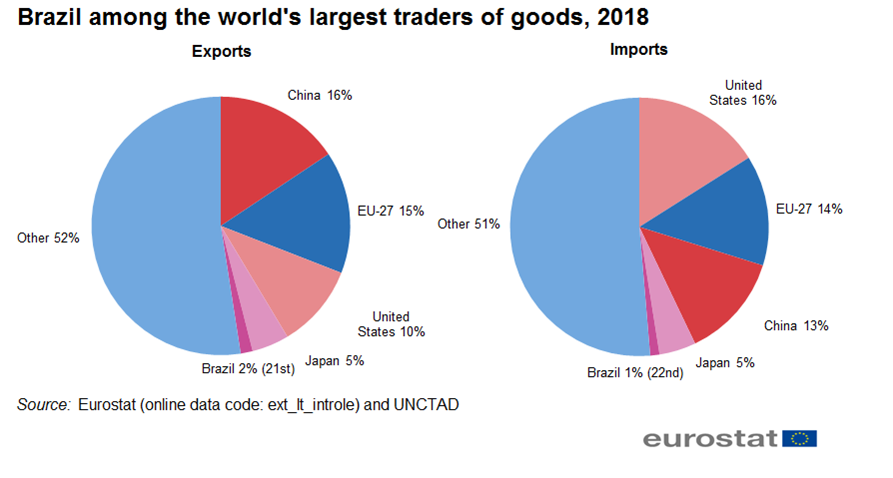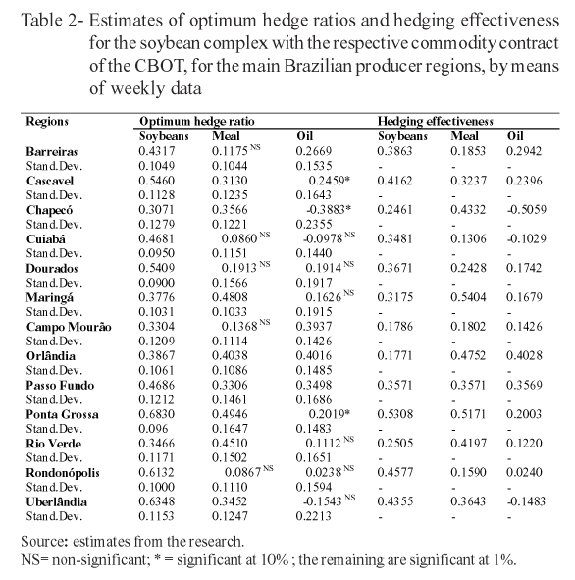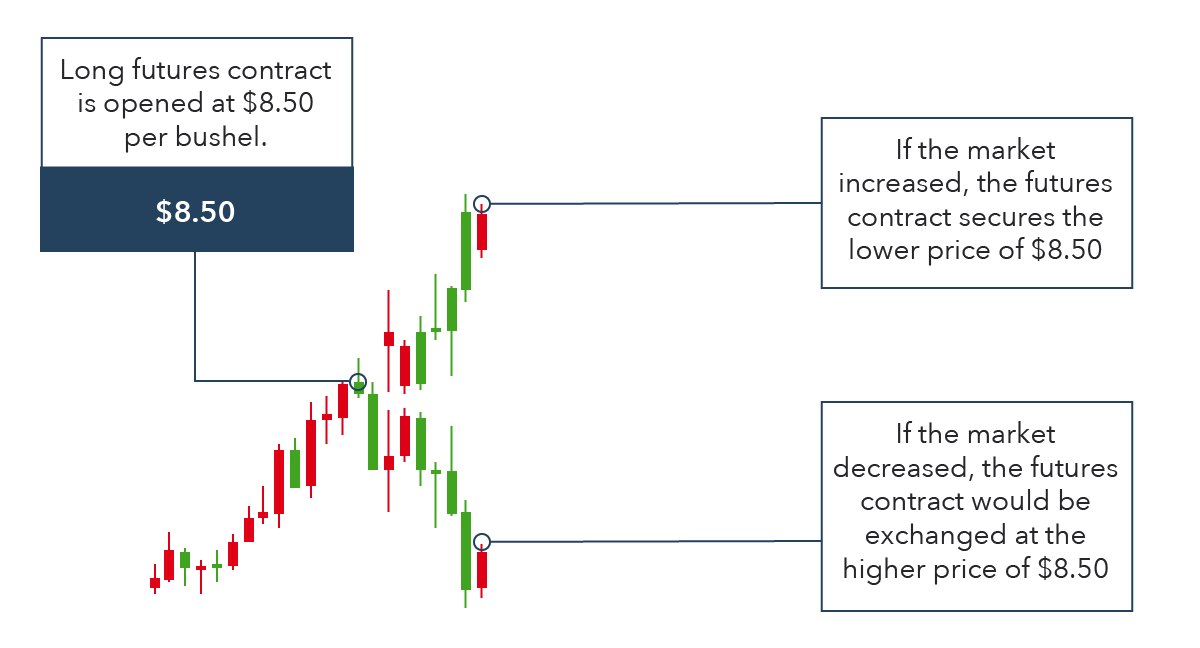The Motives of Brazil’s Move and Its Implications on the Country’s Economy
Although most countries worldwide use a fixed exchange rate system, more and more countries have moved toward flexible currency regimes in the last decade. These states include Brazil, Chile, Mexico, Norway, Israel, Poland, and others (International Monetary Fund, 2018, p. 7). This trend is likely to continue because, with growing international ties, countries with fixed exchange rate regime are increasingly exposed to the risks associated with volatile capital flows (Hua, Huang, and Jiang, 2022, p. 39). Flexible exchange rate regimes offer better protection against external shocks and greater monetary policy independence.
The exchange rate regime depends on how much the state is willing to influence the rate formation. If the state does not interfere, the exchange rate is called freely floating. Naturally, the implementation of sound macroeconomic and structural policies is an essential prerequisite for transition to such a system. It is worth noting that floating rate is determined only by market factors (Floating rate vs. fixed rate: what’s the difference, 2021, para. 5). The government practically does not regulate the exchange rate in relation to the currencies of other countries. In an open market economy and free international capital flows, it is impossible to control both the exchange rate and inflation simultaneously, so many countries prefer a floating regime.
Liberalization in Brazil began in the late 1980s, driven by the external debt crisis. It started with the opening of domestic capital markets to foreign investors, focusing mainly on domestic operations to make them more flexible. Capital inflows were controlled while capital outflows were liberalized to allow the government to avoid the financial costs associated with massive foreign exchange sterilization (Tugrul, 2020, p. 217). Brazil is both a large exporter and a large importer (Eurostat, 2018, figure 1). Its currency depends on the fluctuations of the U.S. dollar as the main reserve currency, which has a strong influence on international trade. The benchmark interest rate also affects the Brazilian real, whose high level encourages investments in the country and supports the national currency. These motives were key to the decision to move to a floating exchange rate in 1999.

The decision taken by the Brazilian government has had a generally positive impact on the country’s economy. Foreign investment increased by 50 percent, reaching $30 billion in 1999 and 2000 (Fraga, 2000, p. 18). The country managed to avoid a banking crisis and recession, and by 2000 Brazil’s GDP had already grown by 4.46% (Gurmendi, 2000, p. 1). Although back in 1998, due to the tight monetary policy pursued by the authorities, it was only 0.22% (Karp, 2001, para. 4). Costs, such as the increase in net debt of the consolidated public sector, could not be avoided either. However, it should be noted that it has been balanced by lowering lending rates. A huge amount of hedging was one of the key factors why introducing a floating exchange rate system was so successful.
Managing the Exchange Rate Exposure
A change in the exchange rate usually has an immediate effect on the level of domestic prices due to changes in the prices of imported goods in the national currency. A rise in prices due to currency devaluation will lead to a change in wage rates, which through an increase in aggregate demand increases the effect of the exchange rate on the price level. In addition, these initial changes usually lead to a secondary increase in the level of prices and wages, as costs of production begin to change after some time. A change in the nominal exchange rate also affects the amount of national currency revenues received by exporters and thus creates incentives to change the volume of production for export. All these currency risks must be minimized by using the right management techniques.
Among such methods is increasing the amount of market information about sources of foreign exchange and its use, as well as about trends in the balance of payments. This is done so that market participants can form their own informed opinions about the exchange rate and future monetary policy. The latter will allow them to assess exchange rates effectively. It is also necessary to gradually abolish rules that restrict market activities, such as the requirement of mandatory sale of foreign currency to the central bank. In addition, taxes and additional levies on foreign exchange transactions and restrictions on interbank transactions should be noted.
In addition, hedging is one of the most interesting and relevant mechanisms of market risk management. With respect to Brazil, good results were achieved, for example, by concluding futures in the soybean complex (Silva, Aguiar, and Eustáquio De Lima, 2003, table 1). However, this method can only be used when sufficient risk management capacity is in place. The last of the techniques described is the most effective, and therefore should be described in detail.

Hedging currency risks is primarily a way to limit possible losses from undesirable exchange rate fluctuations by fixing the value of the acquired asset. When hedging, the investor shifts his risk to those who are ready to accept it – the market. Investors, in this case, receive a guarantee that prices will not change, while market participants gain a profit or a loss by assuming the risk. Hedging is aimed at eliminating negative price fluctuations by concluding fixed-term contracts with the current rate, fixed at the time of the agreement (IG Group, 2021, figure 2). The conclusion of the forward is the most effective hedging technique that Partido Switch Plc should use.

Now consider an example of insurance of currency risk, which is carried out at the expense of hedging. Suppose that the Russian company X signed a contract with the American corporation Y for the supply of equipment totaling 3 million USD. The amount of the advance for the first batch of goods was 700 thousand USD. The remaining debt is to be transferred six months after the last delivery. The internal calculations in this situation are made in rubles. If the USD exchange rate goes up, the debt will increase accordingly. An appreciation of USD from 65 to 80 rubles would increase the difference to 31.5 million rubles, which is a serious amount for any company. The most apparent way out of this situation is to raise prices for end consumers. However, this is fraught with the loss of loyal customers. Sales will fall, or the price of the goods will have to be lowered. It is much more profitable for the Russian company to settle forward, obliging the parties to cover the cost difference if the exchange rate changes.
Thus, hedging with forward contracts allows to minimize price risks; it is impossible to eliminate possible changes in the value of goods completely, but most of them will no longer be a serious threat. It also helps eradicate uncertainty and increase information forecasts and transparency. The use of such a technique by Partido Switch Plc will avoid the risks of doing business in the context of Brazil’s transition to a free float exchange rate regime.
Reference List
Eurostat. (2018) Brazil among the world’s largest traders of goods. Web.
Floating rate vs. fixed rate: what’s the difference? (2021) Web.
Fraga, A. (2000) ‘Monetary policy during the transition to a floating exchange rate: Brazil’s recent experience’, Finance & Development, 37(1), pp. 16-18.
Gurmendi, A. C. (2000) The mineral industry of Brazil. Reston, VA: The U.S. Geological Survey Minerals Yearbook.
Hua, X., Huang, W. and Jiang, Y. (2022) ‘Controlled currency regime and ricing of exchange rate risk: evidence from China’, Journal of Accounting, Auditing & Finance, 37(1), pp. 39–76.
International Monetary Fund. (2018) Annual report on exchange arrangements and exchange restrictions. Washington, DC: IMF.
Karp, J. (2001) ‘Brazil’s economic output in quarter beat expectations’, The Wall Street Journal, Web.
Silva, A. R. O., Aguiar, D. R. D., and Eustáquio De Lima, J. (2003) ‘Hedging with futures contracts in the Brazilian soybean complex: BM&F vs. CBOT’, Revista de Economia e Sociologia Rural, 41(2).
Tugrul, G. Z. (2020) ‘A comparative analysis of the financial liberalization in Turkey and Brazil’, Panoeconomicus, 67(2), pp. 207-224.
IG Group. (2021) ‘What financial instruments can I use for hedging’, IG, Web.
